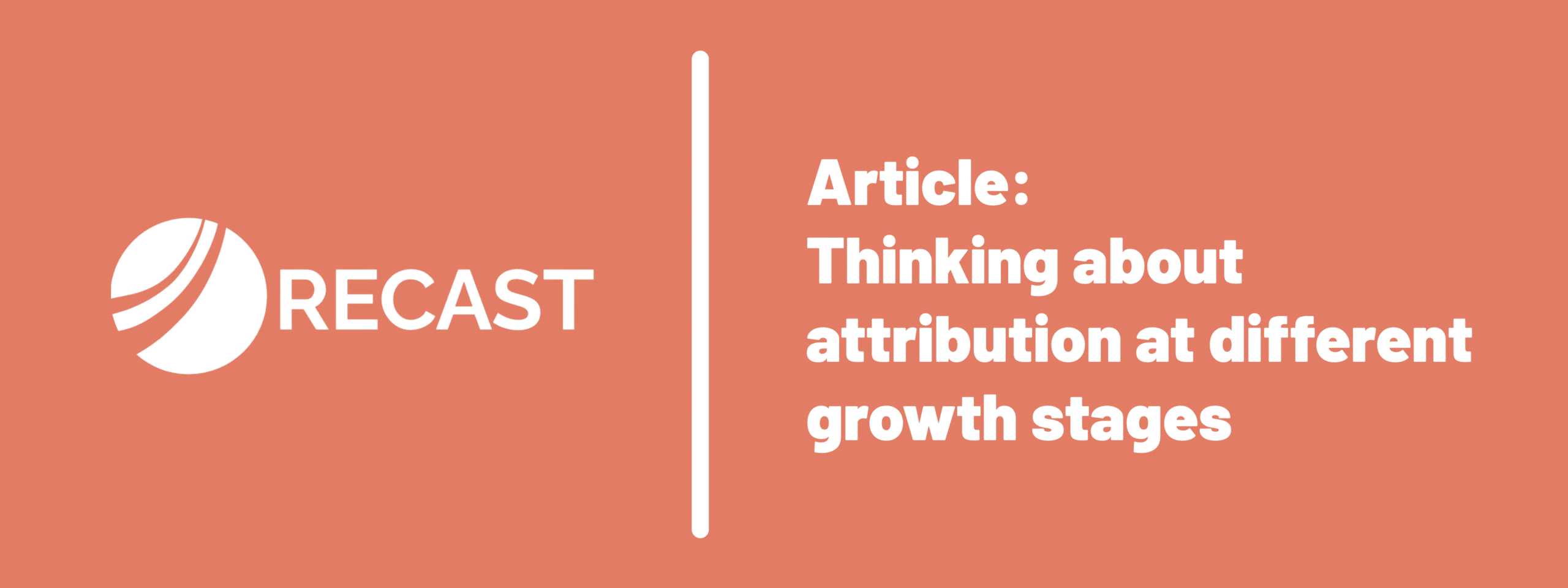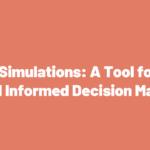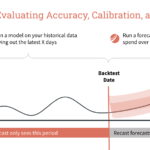Coca-Cola does not think about attribution the same way an early-stage D2C brand thinks about it. Everything is different: budgets, teams, brand recognition, channels, etc. Both are considering which initiatives are incremental, but how they go about it is an entirely different game.
Attribution is not a one-size-fits-all method, and each marketer needs to understand what marketing attribution should look like at different stages of growth. This is what we will explore in this article using data points from what we’re seeing at Recast.
Attribution at Different Stages of Business Growth
When it comes to attribution at different growth stages, we could intuitively separate them based on their revenue size or on how large their marketing budget is. However, we find it better to define stages of growth around the number of marketing mediums that a company is playing in.
For context, when we talk about mediums, we talk about the marketing strategy: performance marketing, content, product-led growth. When we talk about channels, we’re referencing where you’re executing the medium: Google, Meta, Bing, etc.
The way marketers should think about attribution drastically changes when there are multiple channels and mediums involved. From our experience, brands start to move beyond Meta and Google at around $500k a year in marketing, with a big inflection point at $5-10M – but that’s not set in stone. We’ve seen brands spend $50 million a year only on Google Search, and we’ve seen smaller brands spend a lot on TV and other harder-to-measure channels so they needed to invest a lot more in measurement to get a good read on these channels.
That said, in this article, we will refer to larger companies as those allocating budgets to multiple channels other than Meta and Google, and early-stage for companies that are primarily in those two channels.
Different stages of business growth have distinct attribution needs and challenges. Let’s help you explore the nuances of implementing the most effective attribution model at different stages:
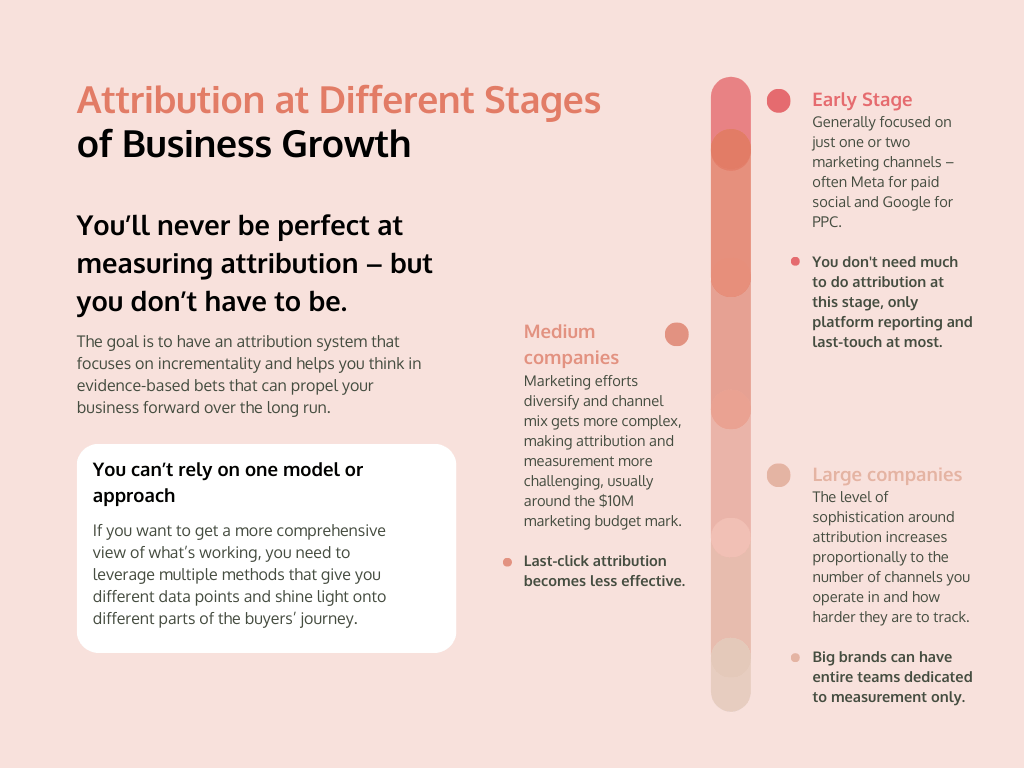
Attribution for Early-Stage Companies
Small brand marketers are generally focused on just one or two marketing channels – often Meta for paid social and Google for PPC. That’s often a good strategic decision: focus on getting really good at one or two channels first. You shouldn’t be thinking about diversifying your channel mix until you have scaled those.
The Pareto principle applies here too: most successful startups owe the vast majority of their growth to just one medium.
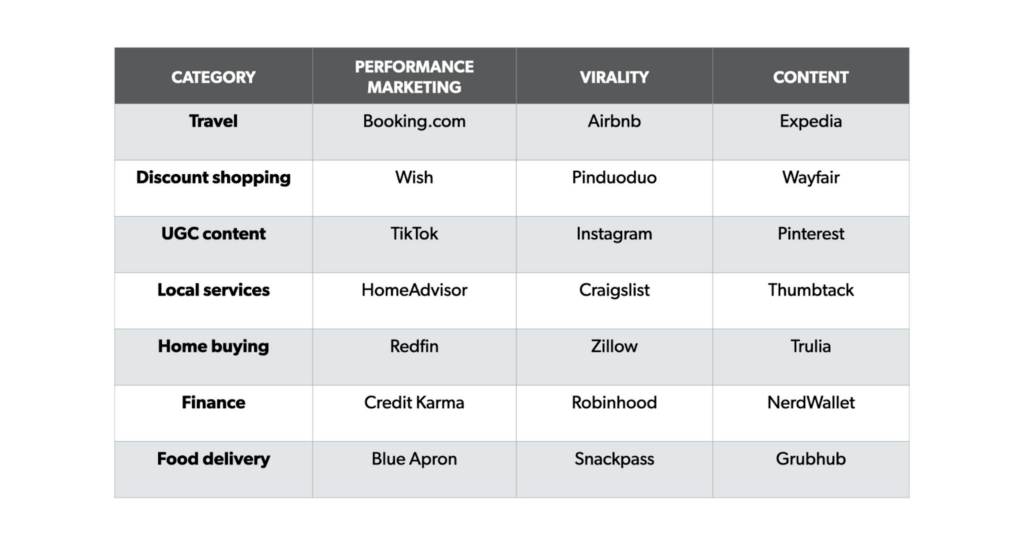
Honestly, the attribution problem is not that hard when you’re only in one or two channels. If you’re only in Meta and Google Search, you don’t need a lot of complicated machinery to do attribution. You don’t need Recast; you don’t really even really need MMM.
You can do almost everything that you need to do just within platform reporting, maybe some Google Analytics, maybe last-touch attribution, but that’s it. You don’t really need a lot more than that.
Attribution for Medium and Larger Companies
As companies grow, their marketing efforts diversify and their channel mix gets more complex, which makes attribution and marketing measurement more challenging – this is usually around the $10M marketing budget mark. When this happens, the opportunity cost of not getting this right also gets much more expensive.
Let’s say you’re a D2C flavored water brand. You’ve been able to scale through mostly paid social and brand search. You now have a $12M/year marketing budget, and you want to add new channels. You’re thinking about:
- Influencers on social
- Youtube content
- Youtube ads
- Social media content
- Connected Television
- Podcasting
The measurement system that got you here won’t be able to cover you for the next stage of growth. Without a more complex attribution system, you’ll fly blindly – never knowing if the budget you’re allocating to these new initiatives is actually incremental or not. And now we’re talking about much larger budgets with millions of dollars allocated.
The channels that brands typically expand to – like the ones above – are also harder to measure. Last click attribution, while it can be more useful when you’re at an earlier stage, becomes vastly less effective when you have all these channels, and it often ends up over-crediting Meta.
The level of sophistication around attribution increases proportionally to the number of channels you operate in and how harder they are to track. Big brands can have entire teams dedicated to measurement only, and it makes sense: the ROI of getting good at measurement goes up the more you spend on marketing.
We love partnering with them because they’re technical and love our model because it’s just better than what they’ve used before, and because they’re able to use Recast, take the results, and communicate them internally to actually drive business change for our customers.
You’ll never be perfect at measuring attribution – but you don’t have to be.
That said, getting good at measurement does not mean getting it perfect – that’s impossible. You’re never going to know perfectly what each dollar is going to do for you with 100% confidence, especially at this size.
Instead, the goal is to have an attribution system that focuses on incrementality and helps you think in evidence-based bets that can propel your business forward over the long run.
To do that, you can’t rely on just one model or approach. If you want to get a more comprehensive view of what’s working, you need to leverage multiple methods that give you different data points and shine light onto different parts of the buyers’ journey. The three main ones are:
- Marketing Mix Modeling: using statistical approaches to unpack the relationship between time series of spend and revenue. This is the one we focus on at Recast, and we still recommend you don’t use MMM by itself and take advantage of the other two.
- Digital tracking: attributing a specific order to a specific channel or set of channels. First-click, last-click, and multi-touch attribution are all here.
- Incrementality via testing and lift studies: making a change to spend and measuring what happens.
If you’re a brand of this size, you should use a combination of all these methods to get a more holistic picture of your funnel.
Conclusion
What is clear is that there’s a sliding scale of complexity as your brand grows. If you’re small, you don’t have to obsess over attribution just yet, but be prepared to integrate more sophisticated and complex attribution systems as you add more channels to your mix. It’s not just about where you are now, but where you’re heading.
And if you’re larger, the stakes and opportunity costs of not getting attribution right are too expensive to not invest in this. You need a combination of all the approaches we mentioned, a calculated bet-placing mindset, the right team to understand data and drive change, and the right tools to support you, like Recast.
